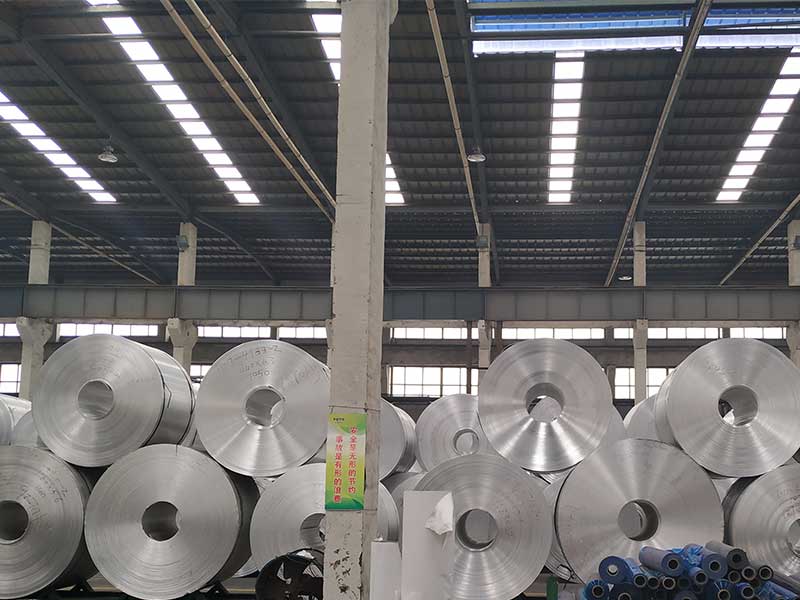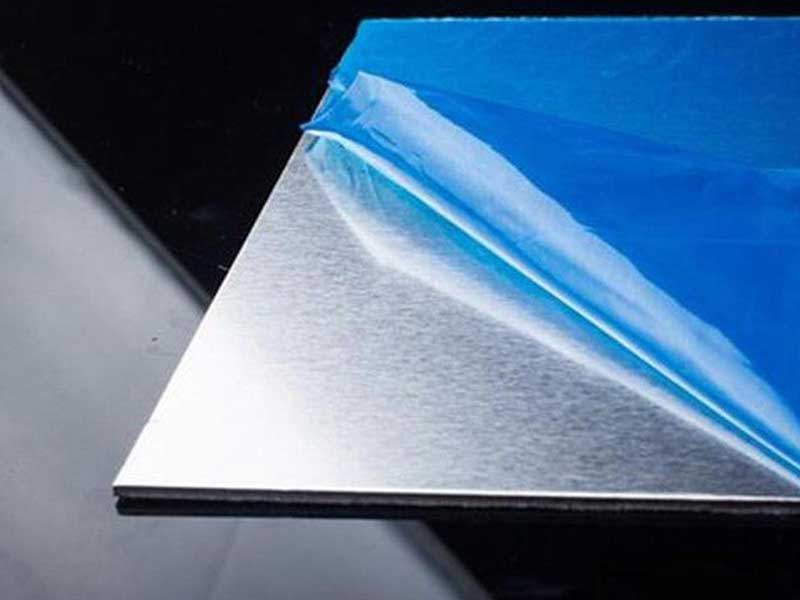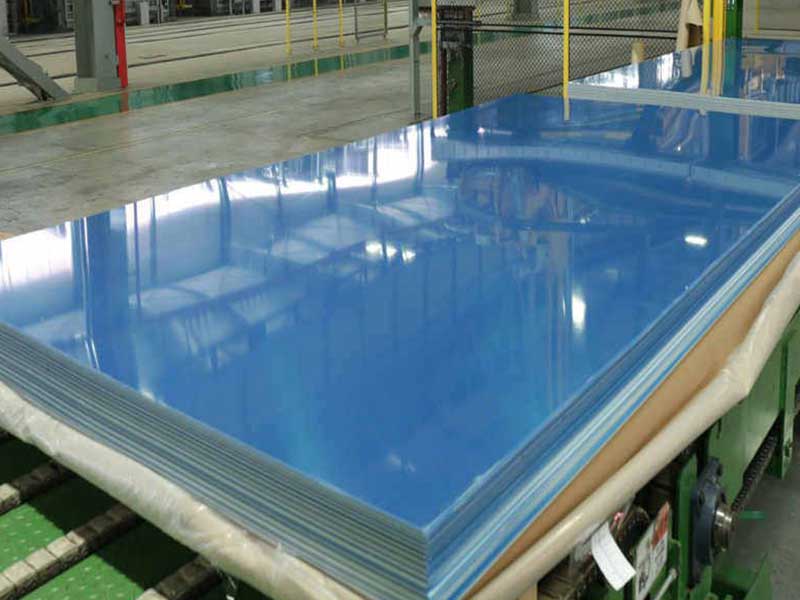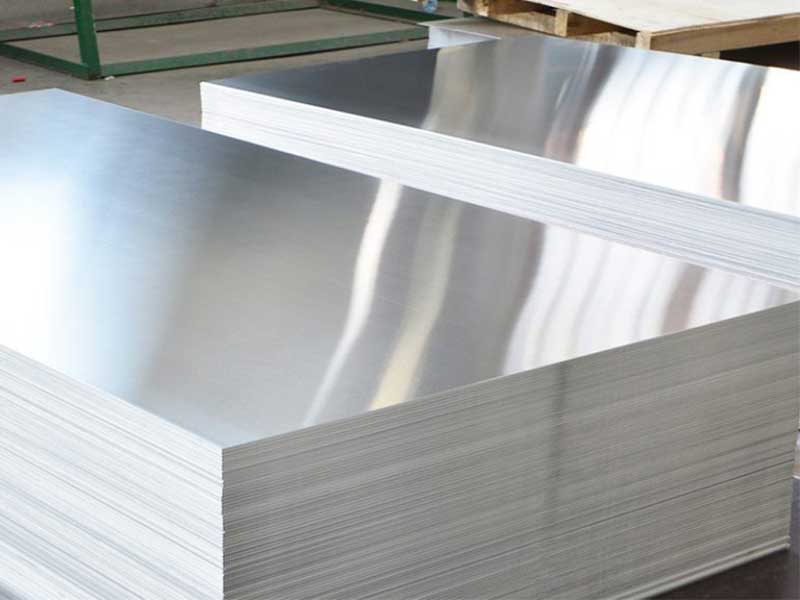Aluminium foil is one of the most versatile materials available today, with applications spanning a variety of industries from food packaging to insulation. In China, aluminum foil ranging from 38 to 65 micron thickness has become increasingly popular due to its lightweight, durability, and exceptional barrier properties. This article will explore the features and applications of aluminium foil of varying micron thicknesses, helping you understand its significance in both domestic and international markets.
Features of 38, 40, 46, 60, and 65 Micron Thickness Aluminium Foil
1. Thickness Variability:
The thickness of aluminium foil can affect its strength and versatility. The differing microns – namely 38, 40, 46, 60, and 65 – allow for tailored solutions depending on the application. Thinner foils, such as 38 micron, tend to be suitable for flexible packaging, while thicker options, like 60 and 65 microns, offer enhanced durability and can withstand more extreme conditions.
2. Improved Barrier Properties:
Aluminium foils are known for their excellent barrier characteristics, which keep moisture, air, light, and bacteria at bay. This property is critical in industries such as food packaging, where the integrity of the product must be maintained to ensure freshness and quality. For thicker varieties like 60 and 65 microns, these barrier properties are even more pronounced, making them ideal for longer shelf life.
3. Corrosion Resistance:
China’s industrial landscape often involves varying climatic conditions, making aluminium foil an exceptional choice due to its natural corrosion resistance. Using heavier gauges enhances resistance to wear and tear, allowing for better performance over time, particularly in harsh environments.
4. Lightweight yet Strong:
Despite its lightweight nature, aluminium foil offers impressive strength-to-weight ratio properties, driving its widespread usage in packaging materials that maintain structural integrity while significantly reducing weight, resulting in lower shipping costs.
Applications of 38, 40, 46, 60, and 65 Micron Thickness Aluminium Foil
1. Food Packaging:
One of the most common applications of aluminium foil is in food packaging. Micron thicknesses of 38 and 40 are widely used for wrapping food items, which effectively retain freshness and flavor. Thicker layers, such as 60 and 65 microns, may be utilized for heavy-duty protection work in industries like catering and food service provisioning bulk items.
2. Insulation Materials:
Aluminium foil’s superb heat reflective properties make it a popular choice in the construction and automotive industries for insulating purposes. The thicker grades are employed in applications such as insulating HVAC systems and building facades, benefiting from enhanced durability and better thermal performance.
3. Pharmaceuticals:
Aluminium foils of various thicknesses are utilized in the pharmaceutical industry for packaging medications. Hence, the barrier properties ensure the safety and efficacy of drug delivery systems. The ability to tailor thickness specifications allows pharmaceutical companies in China to meet their needs effectively.
4. Household Uses:
In everyday life, thicker aluminium foil can be found in kitchens, used for grilling, baking, and storage purposes. Products made from 46 and 60 microns provide homeowners with options that offer durability and versatility, ensuring that items are pegged up with utmost protection.
5. Industrial Applications:
Many manufacturing processes employ aluminium foil in electrical & electronic applications. Its thickness-centric specification is important for maintaining conductivity and heat efficiency, proportionate to both thickness and operational settings.
6. Decorative Uses:
Last but not least, decorative uses cannot be overlooked. Aluminium foils, particularly in 38 and 40 microns, come in shiny and matte finishes, making them ideal materials for artisanal crafts, decorative wraps, and party necessities.













